#scheherazade tillet
Text
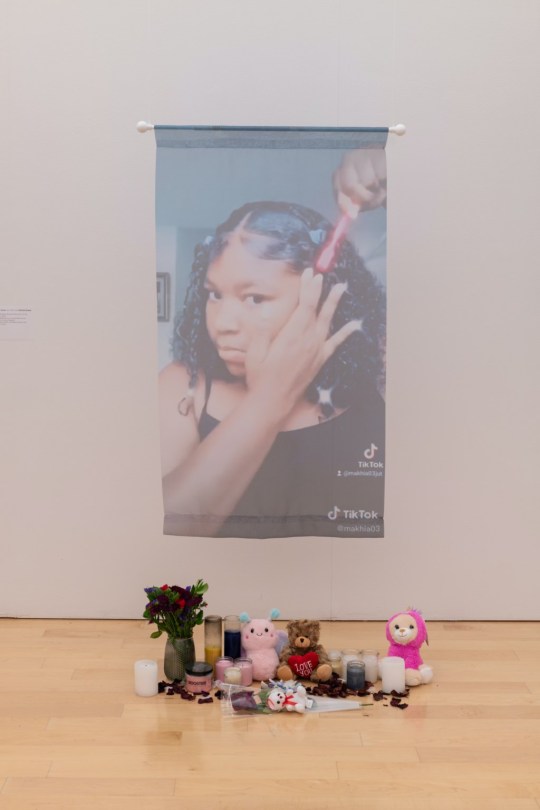

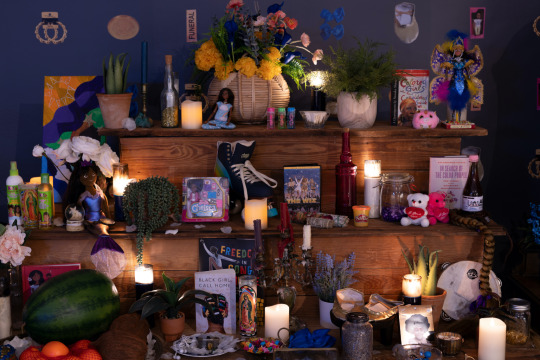
Installation view of Freedom Square: The Black Girlhood Altar at the Chicago Cultural Center
The exhibition at the Chicago Cultural Center opens with the installation “Homegoing.” The work is a suspended image depicting a screenshot from Ma’Khia Bryant’s personal TikTok. In the photo she’s laying her edges, her jet-black hair shining, her baby face clean and free of makeup. Below the printed photo is a collection of candles, stuffed animals, and a bouquet. On April 20, 2021, Ma’Khia was killed by an Ohio police officer in what was later determined a justifiable homicide. She was 16 years old.
In the gallery titled Rest and Recess: The Courtyard, the exhibition transports the viewer to the Caribbean where Black girls play together unburdened and hopeful. A tree, sculpted by Robert Narciso and made from branches from Rekia Boyd’s family home, sits in the center of the room casting a protective shadow over everything. From its branches hang yellow paper hearts scribed with the hopes and dreams of little Black girls. The sound of their joyful cacophony activates the space.
[ x ]
#chromatic voice#ma'khia bryant#rekia boyd#a long walk home#scheherazade tillet#robert narciso#we all make art#usermarmalade#police brutality#missing and murdered black women#say her name#black lives matter
3K notes
·
View notes
Link
Two sisters, Salamishah and Scheherazade Tillet, have been fighting for decades to end violence against black women and girls.
In 2003, the sisters founded A Long Walk Home (ALWH), a national organization based in Chicago that trains black girls and women to become artists and activists against violence to women and girls — whether it be police violence, sexual assault or domestic violence.
“A lot of institutions and systems require black women to suffer silently to maintain themselves,” said Salamishah, 44, a co-founder of ALWH. “The requirement that black girls and black women have to suffer silently as a part of being a member of the community, as part of being an American citizen, it’s such an expectation ... and we then take that on, and there’s so many repercussions, like healthwise, to our silence.”
The organization’s first tool is healing, and then organizing. With the pandemic, and then the uprisings, a main focus for the Tillet sisters has been the wellness of the young women in the organization.
read more
55 notes
·
View notes
Link
Nina Simone’s birthplace home, Tryon, North Carolina, 2018.
Photos: Scheherazade Tillet
0 notes
Text
After the ‘Surviving R. Kelly’ Documentary, #MeToo Has Finally Returned to Black Girls

By SALAMISHAH TILLET and SCHEHERAZADE TILLET
Let’s keep it there.
Published: January 10, 2019 at 03:30AM
from NYT Opinion https://nyti.ms/2Fici43
0 notes
Photo
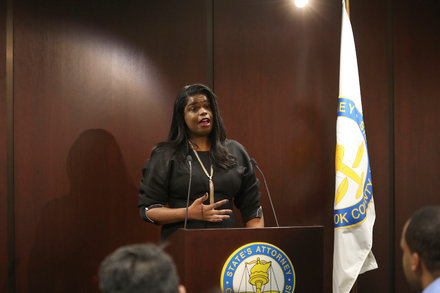
"After the ‘Surviving R. Kelly’ Documentary, #MeToo Has Finally Returned to Black Girls" by SALAMISHAH TILLET and SCHEHERAZADE TILLET via NYT Opinion https://nyti.ms/2Fici43
0 notes
Link
On October 31, 2019, the realization and expansion of a 2012 dream Aishah Shahidah Simmons co-envisioned with the late Black feminist social psychologist, Dr. Aaronette M. White was actualized at the Lightbox Film Center in Philadelphia, PA. The 25th Anniversary of Making NO The Rape Documentary program was herstoric and epic. Many of the on-screen contributors and filmmakers came together for the first time to celebrate, view the film and engage with the audience. The NO! screening was part of one of the three part, two day, #FromNO2Love: BLACK FEMINIST CENTERED FORUM ON DISRUPTING SEXUAL VIOLENCE, gathering. Program: Drumming by Master Drummer, Karen L. Smith. The program featured, an ancestral remembrance video in honor of writer, Toni Cade Bambara, poet, Essex Hemphill, social psychologist, Dr. Aaronette M. White, Ph.D., and filmmaker, Kagendo Murungi (co-produced and edited by Tina Morton, featuring original music composed by Loretta "Funky LB" Brown. Remarks by Special Guests: Bahamadia, Monique S. Howard, Sonia Sanchez, and Linda Janet Holmes Conversation with the NO! on-screen contributors and filmmakers in attendance (in alphabetical order) Sultan Ali, Dr. Charlotte Pierce-Baker, Joan Brannon, Amadee L. Braxton, Dr. Aminata Cairo, Pat Clark, Dr. Johnnetta Betsch Cole, Nawo Crawford, Kia Steave-Dickerson, Orelana Clark Edwards, Audree Irons, Barbara Kigozi, Gail M. Lloyd, Dr. F. Reanae McNeal, C. Tina Morton, Sharon Mullally, Dr. Evelyne Laurent-Perrault, Dr. Rachel Afi Quinn, Loretta J. Ross, Dr. Beverly Guy-Sheftall, Dr. Gwendolyn Zoharah Simmons, Michael Simmons, Tyree Cinque Simmons, Janine Spruill, Scheherazade Tillet, Dr. Traci C. West, Giscard Xavier, and Dr. Tamara L. Xavier https://ift.tt/2NxLiAd
0 notes
Text
How Photography Helps Black Girls Define Their Own Voice
New Post has been published on https://photographyguideto.com/must-see/how-photography-helps-black-girls-define-their-own-voice/
How Photography Helps Black Girls Define Their Own Voice
Photographer and youth organizer Scheherazade Tillet first had the idea for “Picturing Black Girlhood” about seven years ago, when she was visiting the Chicago Art Institute’s “Girls on the Verge,” an exhibition on adolescent girls. The show included work by photographers like Sally Mann and Lauren Greenfield, showcasing images of that precious and bizarre moment of being not a girl and not yet a woman.
However, Tillet couldn’t help but notice that in the exhibition there were only one or two images of people of color.
“I felt like their voices weren’t there,” Tillet told The Huffington Post. As the founder of A Long Walk Home, a nonprofit organization that uses art therapy to inspire young women and protect girls from violence, Tillet works closely with women in her Chicago community. “I wanted to take my girls to see the show, but how could they identify with it if they didn’t see themselves represented?”
As an organizer and a curator, Tillet felt moved to curate an exhibition of her own, one that told the story of black girls in America today. As a photographer, Tillet wanted to do more. “I wanted my girls to tell and archive their own stories,” she said. “How do they define girl culture themselves? I knew a true story had to come from within.”
Ever since, Tillet has been collecting and archiving artwork depicting black teen girls, including photographs taken by the girls themselves. “I wanted to bring to life what it meant to be a black girl,” Tillet said. “When you’re in an exhibition you’re in their world as opposed to just looking at their world.”
Delphine Fawundu, All Dressed Up, I am Here (Selection), 2008, Monochrome Prints on Canvas
“Picturing Black Girlhood” is truly, Tillet stressed, a collaborative effort, featuring the voices of women and girls from around the country, including South Carolina, New York, and Chicago. Although particularities separate the experiences of growing up in the South and New York City, a few themes manifested consistently throughout the show. One major thread connecting the show was this idea of reclaiming space.
For example, a 17-year-old photographer named Lorenshay Hamilton created a series about Rekia Boyd, who was shot and killed by a Chicago police officer in 2012. “Lorenshay lives where Rekia lived, she goes to school where Rekia went to school. It’s honoring and making women aware of Rekia’s story, while also reclaiming the space where the trauma happened.”
Another image, called “#ItsBiggerThanAHeadwrap,” by artist Jamaica Gilmer, is a response to a circle of girls who were told they were violating the dress code by expressing their culture through wearing geles in school. “Girls are being policed, for their hair, their anger, their emotion,” Tillet said. “It was amazing to see young girls wearing head wraps when they were visiting the exhibition. They’d make a power fist and take a selfie next to the image; they were so proud.” Beauty is another major theme of the exhibition, demonstrated through images of hair, selfies and Barbie dolls made in the image of real black girls.
Tatyana Fazlalizadeh, Stop Telling Women to Smile, 2012-Present, Outdoor Installation
One of the standout elements of the show, from Tillet’s perspective, is Tatyana Fazlalizadeh‘s “Stop Telling Women to Smile,” a street art series confronting street harassment where it takes place. “This project takes women’s voices, and faces, and puts them in the street,” the artist explains on her website, “creating a bold presence for women in an environment where they are so often made to feel uncomfortable and unsafe.”
Fazlalizadeh’s images are displayed in the windows of the exhibition, to be seen from the outside. Tillet was careful to engage both indoor and outdoor space in the show, since both are such crucial and distinct environments for many young girls. “I wanted to get at how black girls operate inside and outside, the space between double dutch jump rope and the really serious things that are happening to them, loss or sexual violence.”
Scheherazade Tillet, Black Girls, Good Friday morning, Westside Chicago, Illinois, 2016, Archival Inkjet Print
Tillet herself has some images of her own in the exhibition, including one standout photograph titled “Black Girls, Good Friday morning, Westside Chicago, Illinois.” It’s based on an iconic 1941 photograph by Russell Lee, taken just after the Great Depression of the migration movement from the South to the North. “He photographed black boys sitting on a car on Easter Sunday,” Tillet explained. “So many black Americans have this photograph in their homes; it represents Chicago. But it doesn’t have any girls in it.” So Tillet made her own version, with girls, meant to speak to the leadership potential of young women in the black community.
Depicting black girls as leaders is one of Tillet’s largest goals. “Black girls see themselves as leaders,” Tillet said, adding that so many take on adult responsibilities like caring for siblings or contributing money to their household at such a young age. “But who else sees them as that? How do you make them more visible to support how they see themselves?”
Providing them with a camera, a space and a voice certainly seems like a great place to start.
“Picturing Black Girlhood” was a limited, three-day photography exhibit that ran from April 7 to April 9 in Harlem, New York. See images from the stunning show below.
Danielle Gorrell, My Sister’s Keeper, Battling Sickle Cell Anemia, 2015, Archival Inkjet Print, A Long Walk Home
Sheila Pree Bright, Plastic Bodies (Selection), 2005, Archival Inkjet Print
Scheherazade Tillet, Dianna Porter, Hair Stylist, Style/Hair, 2016, Archival Inkjet Print, A Long Walk Home
Jamaica Gilmer, TBP Black Girl Triptych (Selection), 2014, Archival Inkjet Print, The Beautiful Project
Sheila Pree Bright, Plastic Bodies (Selection), 2005, Archival Inkjet Print
Scheherazade Tillet, International Anti-Street Harassment Day, 2012, Archival Inkjet Print
Lorenshay Hamilton, Dianna Porter, Hair Stylist, Style/Hair, 2016, Archival Inkjet Print, A Long Walk Home
Sheila Pree Bright, Plastic Bodies (Selection), 2005, Archival Inkjet Print
Zainab Floyd, Flowers In Mount Vernon (Selection), 2016, Archival Inkjet Print, Studio Museum
From opening night, photo by Steve Hart.
From opening night, photo by Steve Hart.
From opening night, photo by Steve Hart.
From opening night, photo by Steve Hart.
From opening night, photo by Steve Hart.
From opening night, photo by Steve Hart.
From opening night, photo by Steve Hart.
Read more: http://www.huffingtonpost.com/
0 notes
Text
Recentering Black Women and Girls in the #MeToo Movement through Arts and Organizing
Submitted by Carmen Graciela Díaz on March 18, 2019.
The backlash against R&B singer R. Kelly following the six-part documentary Surviving R. Kelly, 20 years of accusations against him for sexually assaulting minors, and his arrest on charges of sexually abusing girls as young as 13, have sparked an uproar that seems to signal "that #MeToo has finally returned to black girls," write Salamishah Tillet and Scheherazade Tillet, co-founders of A Long Walk Home, a nonprofit that uses art to empower young people to end violence against girls and women, in a recent opinion piece in The New York Times.
Salamishah Tillet and Scheherazade Tillet write that "even today, as #MeToo continues to dominate headlines, black girls have been invisible in the movement."
But we learned through our work with A Long Walk Home, a nonprofit we founded in 2003 in response to Salamishah’s own experience of rape when she was 17, that one of the most overlooked yet effective ways to create social change is to just believe the stories that girls and young women of color tell us. And since black girls live at the crossroads of gender and racial violence, if we want to empower them, we have to confront and dismantle each system of oppression that affects them.
This article remembers how philanthropy should support the people and the communities must affected by the issue.
Read here the article.
Image: Pixabay / Ace Spencer
Posted by Carmen Graciela Díaz on March 18, 2019 at 09:13AM. Read the full post.
0 notes
Link
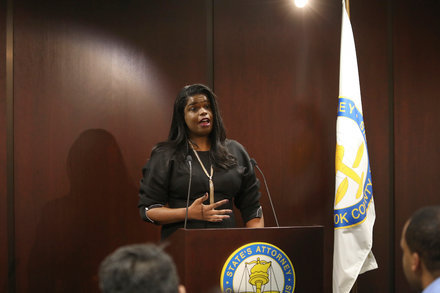
By SALAMISHAH TILLET and SCHEHERAZADE TILLET from NYT Opinion https://nyti.ms/2Fici43
0 notes
Link
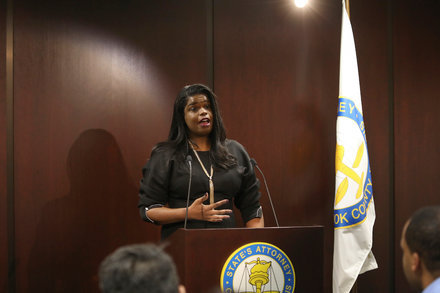
By SALAMISHAH TILLET and SCHEHERAZADE TILLET from NYT Opinion https://nyti.ms/2Fici43
via
0 notes
Link
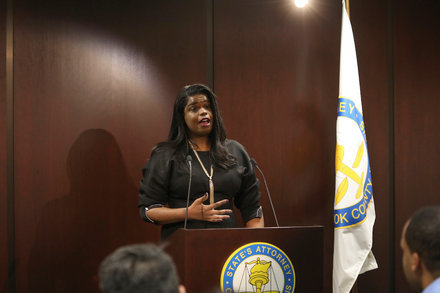
By SALAMISHAH TILLET and SCHEHERAZADE TILLET from NYT Opinion https://nyti.ms/2Fici43
0 notes
Link
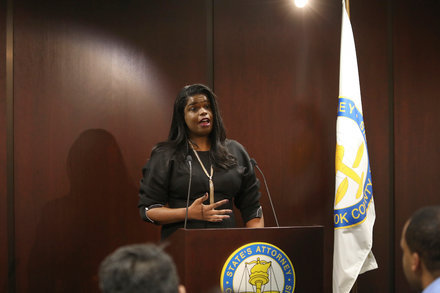
By SALAMISHAH TILLET and SCHEHERAZADE TILLET from NYT Opinion https://nyti.ms/2Fici43
0 notes
Link

By SALAMISHAH TILLET and SCHEHERAZADE TILLET from NYT Opinion https://nyti.ms/2Fici43
Opinion The New York Times
0 notes
Link
Celebrating Aishah Shahidah Simmons on the 25th Anniversary of her groundbreaking and life affirming film NO! The Rape Documentary. Thank Aishah for seeing us, holding us, re-membering us and teaching us. Join #FromNO2Love: BLACK FEMINIST CENTERED FORUM ON DISRUPTING SEXUAL VIOLENCE in person in Philadelphia or via live stream Presenters: Dorothy Roberts, Beverly Guy-Sheftall, Loretta Ross, Esther Armah, Sevonna Brown, Salamishah Tillet, Luz Marquez-Benbow, Scheherazade Tillet,Traci West, Alicia Sanchez Gill, Ignacio Rivera, Edxie Betts, Rachel Afi Quinn, Tashmica Torok, Sonia Sanchez and so many more. IN PERSON: Annenberg School for Communication at the University of Pennsylvania from 9:00 - 5:00. LIVE STREAM LINK: https://ift.tt/336pZel SCHEDULE: https://ift.tt/336R9SB
0 notes